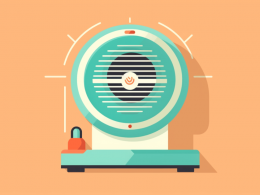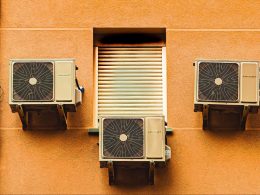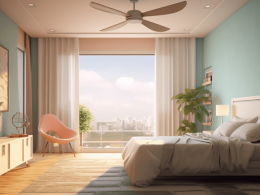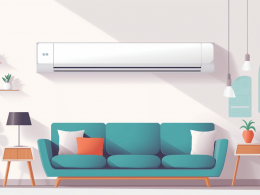Are you thinking of getting a portable air conditioner for your home? Maybe now that you started working from home, you need to cool the room you spend most of your time in for a more comfortable working space. Alternatively, there may be this one particular room in your home where the sun mostly hits during hot summer days. Whatever your circumstances, a portable air conditioner may be the solution for you. But “how does a portable air conditioner work?” you may ask. Read this article to find out how they operate, how effective they are, and how to best maintain them.
What Is a Portable Air Conditioner?
A portable air conditioner is a freestanding portable unit that is ideal for cooling one particular area. Unlike traditional air conditioners that are usually installed on the wall, portable air conditioners sit on the floor and come with their own installation kit for an easy set-up. Most portable air conditioners have wheels or handles that make them easier to move from one place to another, which makes them a great alternative for people who do not want or need window units.
How Does a Portable Air Conditioner Work?
A portable air conditioner works by pulling hot air from the outside area into the unit and then using the motor inside to cool the air in a circular motion, which is then released from the portable air conditioner. Besides cooling the air, portable air conditioners have another very important job, which is to take the warm air and moisture, push them through a hose, and finally out the window. So the main function of a portable air conditioner is to take the heat inside a room and extract it out the window.
For a portable air conditioner to do its job effectively, it must have three components: a fan to move the air, a refrigerant to cool the air, and a compressor to compress the refrigerant.
Another component of the portable air conditioner unit is the hose, which is used to remove the excess moisture and heat from the inside area. Well, some portable air conditioners differ from one another in terms of the number of hoses they feature.
Single-hose portable air conditioner
Single-hose portable air conditioners are ideal if you intend to use them to cool a smaller room. They are also great for moving them from one room to another and don’t use much energy (provided you use them in smaller rooms).
However, single-hose portable air conditioners also have weaknesses: when the hot air from the inside is being pushed outside through the hose, this can create negative pressure, which can result in cracks around the door or windows. This can cause the hot air from outside to make its way inside and therefore make the unit useless and a waste of energy.
Dual-hose portable air conditioner
The dual-hose portable air conditioner does the same job as the single-hose air conditioner: it cools the warm air inside and pushes the warm air and moisture outside. However, the dual-hose one cools the air through one hose and releases the moisture and warm air outside through the other, avoiding this way the negative pressure that the single-hose air conditioner suffers. This makes it not only much more efficient but also reduces the risk of damage.
The dual-hose portable air conditioner is more effective than the single-hose one, especially in cooling larger rooms, but it also has its downsides: it costs more than the single-hose air conditioner; for its effective operation it needs to spend a lot more energy than the single-hose one; and it’s more difficult to move it from one room to another. So if you intend to purchase one, it’s best to keep it in one place only.
Can Portable Air Conditioners Work Without a Window?
The traditional and common way to install a portable air conditioner is attached to a window, so it has an exit area for the warm air and moisture that needs to be extracted. However, portable air conditioners can be installed and work effectively in places other than near a window.
Some common places that you could use to attach the hose to are through a door, through a hole in the wall that leads outside, up a chimney, through a drop ceiling, or through an existing dryer vent that connects to an exterior wall. So if the room you are planning to use the portable air conditioner in doesn’t have a window, you can still make it work through one of the above methods, but some adjustments will be required before you install it.
Portable Air Conditioner Features
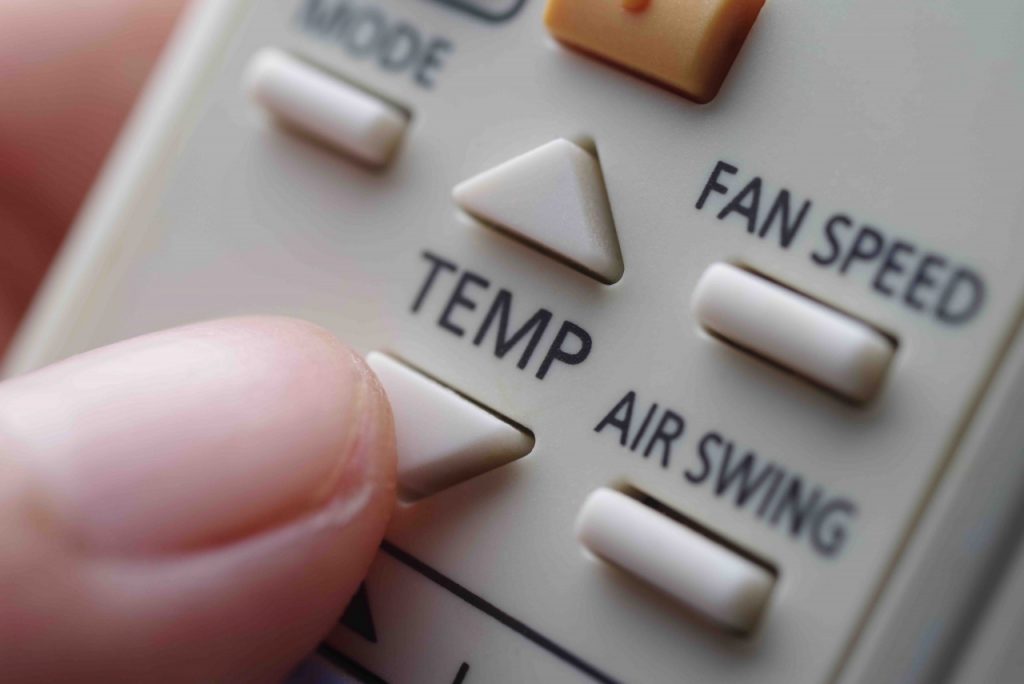
As with any other appliance, portable air conditioners also come with their own special features that make the unit easier to install and operate. The features may vary depending on the model or brand, but here are some of the most common features you can find on a portable air conditioner:
- Remote: this device will help you operate your portable air conditioner from a distance.
- Fan mode: this feature is helpful because it circulates the air into the room without extracting moisture or changing the temperature.
- Auto mode: in order to maintain the set degree, the unit will turn the compressor on and off.
- Timer: this feature helps you set a start or stop time for the portable air conditioner throughout the day.
- Dehumidify mode: this feature works by extracting the moisture that is in the air of the room without changing its temperature.
- Oscillation: the air vents of the portable air conditioner will move accordingly in order to cool the room evenly.
Portable Air Conditioner Maintenance

Keeping your portable air conditioner clean is a very important routine you should practice often in order to ensure the unit’s efficiency and longevity. Here are some maintenance tips for your portable air conditioner:
- Storing the AC: If you’re storing the AC unit somewhere, make sure to either store it in the box it came in or keep it in a cool and dry place with a sheet over it.
- Exterior maintenance: Clean the outside of the portable air conditioner using a damp cloth with a little soap, but remember to unplug the unit before you do so in order to avoid fire or shock hazards.
- Air filters maintenance: Clean the air filters every two weeks; you do so by taking the filters out and washing them with water and soap. Keep in mind to fully dry them before putting them back into the unit.
- Air vent maintenance: Make sure to regularly clean the air vent grill in case any debris, dust, or hair got stuck, which would block the airflow.
- Mold prevention: If your portable air conditioner does not self-evaporate, make sure to empty the water tray weekly and clean it before putting it back on in order to avoid mold.
Conclusion
Portable air conditioners are not just a convenient and user-friendly appliance; as opposed to many other appliances, these devices are very easy to install—you don’t need to be an engineer to do so! In addition, if you are still wondering if a portable air conditioner is for you, keep in mind the great flexibility they allow. The fact that they don’t require to be mounted in a particular place, means that you can use them wherever you want to according to your lifestyle.







